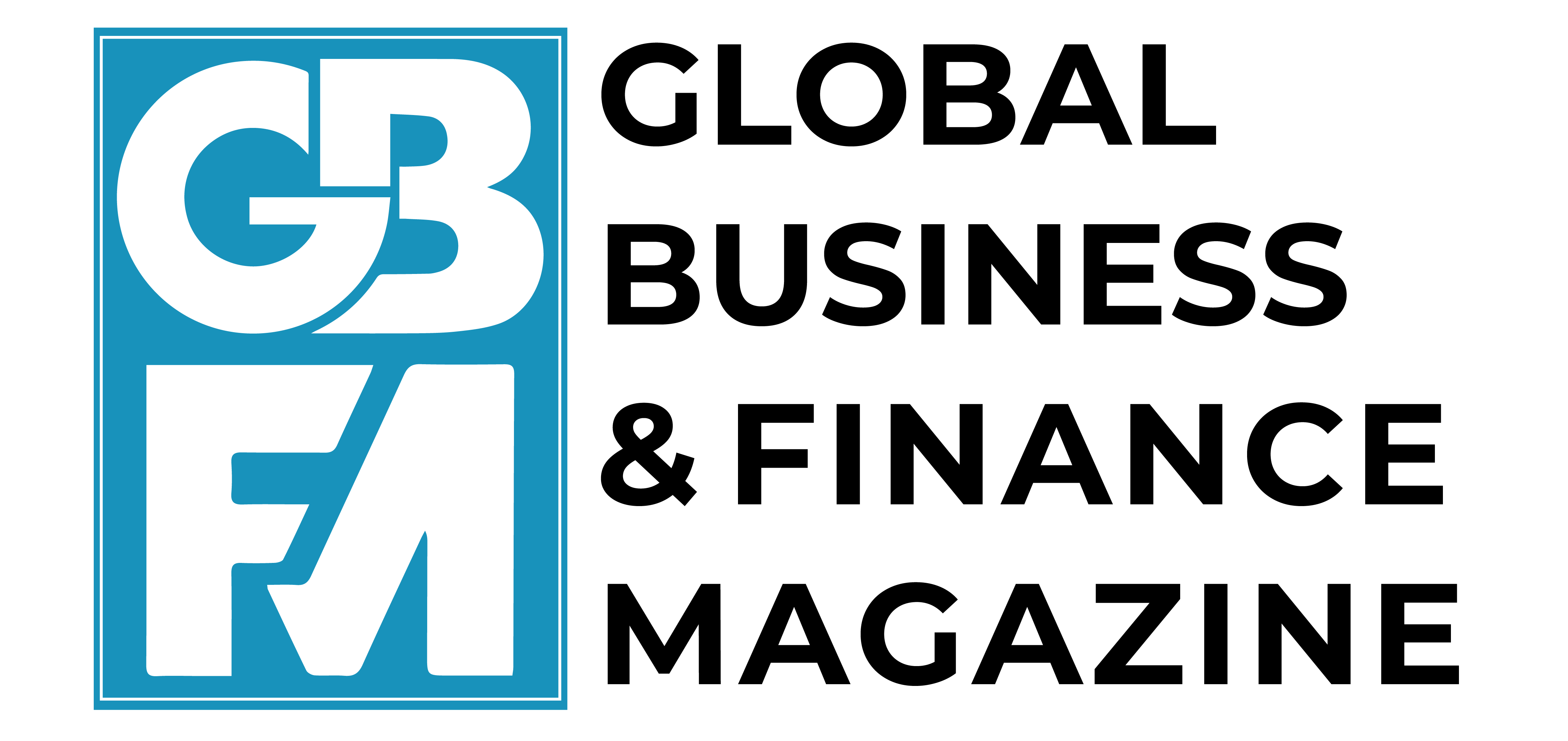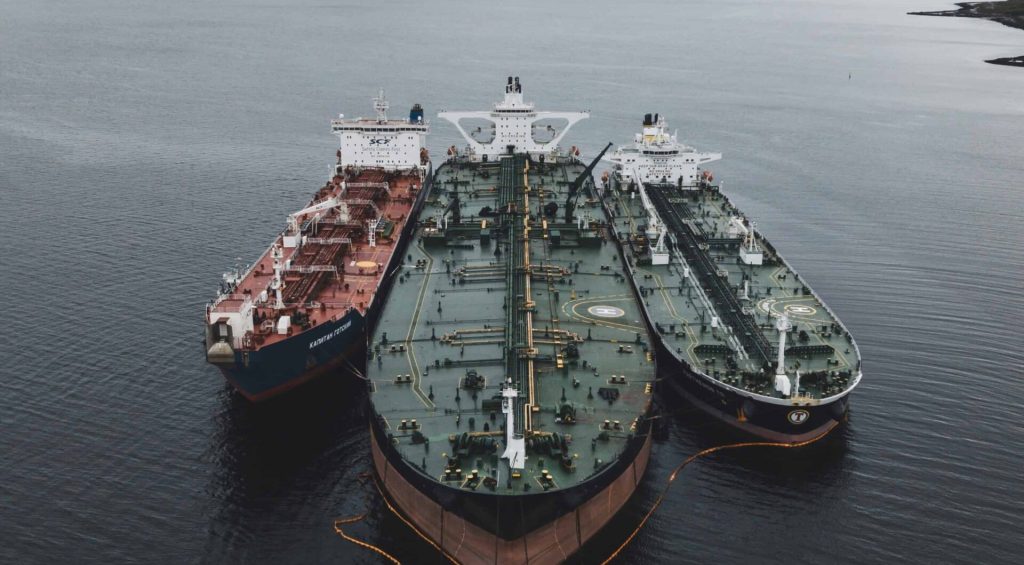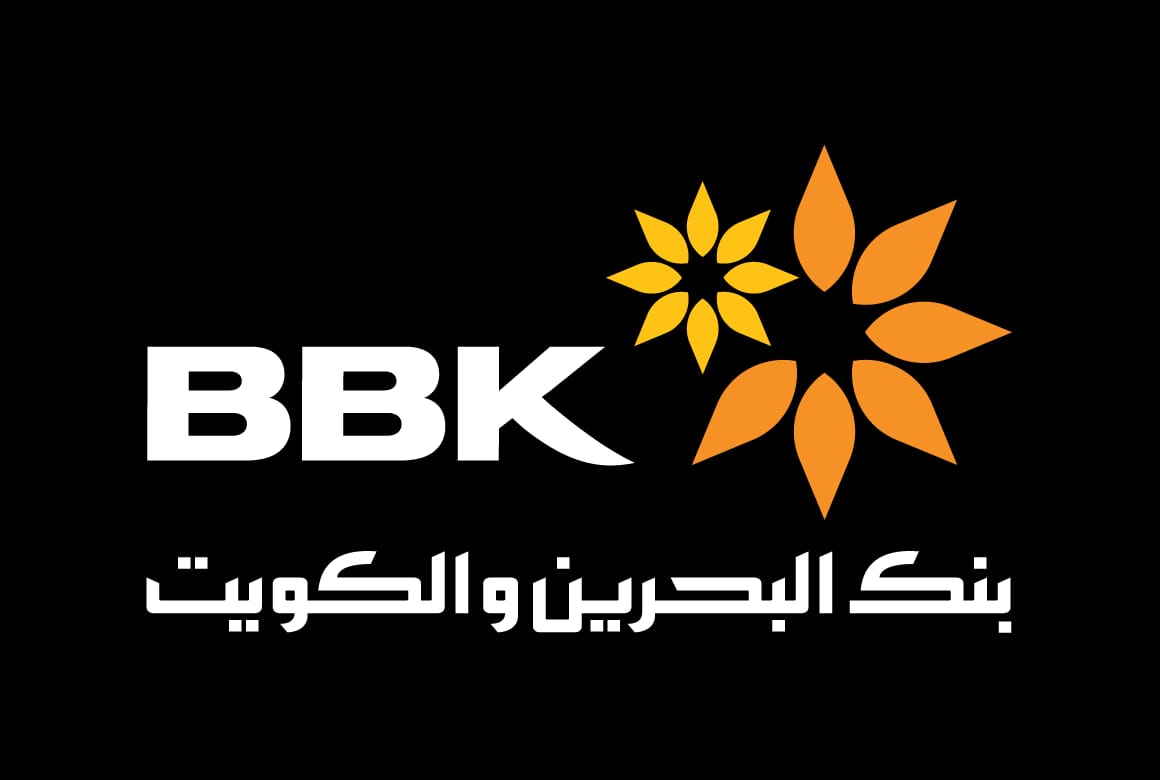Oil prices were up slightly on Friday, after rising about 3% in the previous session, as trade tensions between top oil consumers U.S. and China showed signs of easing and Britain announced a “breakthrough” trade deal with the United States.
Brent crude rose 23 cents, or 0.37%, to $63.07 a barrel while U.S. West Texas Intermediate crude was up 21 cents, or 0.35%, at $60.12 a barrel as at 0507 GMT. On Thursday, both contracts settled nearly 3% up.
U.S. Treasury Secretary Scott Bessent will meet China’s top economic official Vice Premier He Lifeng in Switzerland on May 10 to work toward resolving trade disputes that have threatened growth in the consumption of crude oil.
“If the two set a date to start formal trade negotiations and agree to ratchet down their current steep tariffs against each other while talks carry on, markets will get a breather and crude could stack on another $2-$3 per barrel,” said Vandana Hari, founder of oil market analysis provider Vanda Insights.
China’s exports rose faster than expected in April, while imports narrowed their declines, customs data showed on Friday, giving Beijing some relief ahead of ice-breaker tariff talks with the U.S. this weekend.
Separately, U.S. President Donald Trump and British Prime Minister Keir Starmer announced Britain had agreed to lower tariffs on U.S. imports to 1.8% from 5.1%. The U.S. cut duties on British cars but left a 10% tariff on most other goods.
“Any more U.S. trade deals after the one with UK with other major trading partners would have only a marginal impact on oil sentiment,” Hari added.
Elsewhere, the Organization of the Petroleum Exporting Countries and allies – or OPEC+ – plan to increase output which could keep pressure on oil prices. A Reuters survey found OPEC oil output edged lower in April as production declines in Libya, Venezuela and Iraq outweighed a scheduled increase in output.
Tighter U.S. sanctions on Iran could restrict supply and push prices higher. Sanctions on two small Chinese refiners for buying Iranian oil made it difficult for them to receive crude and led them to sell their product under alternative names, sources told Reuters on Thursday.
In the meantime, Pakistan’s armed forces launched “multiple attacks” along India’s entire western border on Thursday night and early Friday, the Indian army said, as conflict between the nuclear-armed neighbours intensified.
Rystad Energy analysts expected both countries to increase crude procurement and refinery activity amid mounting tensions.
“Diesel demand is likely to rise amid increased military mobilization, while airline fuel consumption declines as airspace closures lead to rerouted flights, cancellations and soaring airline ticket prices,” Rystad’s Rohan Goindi said in a note.
In terms of daily crude demand, India consumes 5.4 million barrels per day (bpd), compared to Pakistan’s 0.25 million bpd, according to Rystad Energy estimates.
Source : Reuters



































































